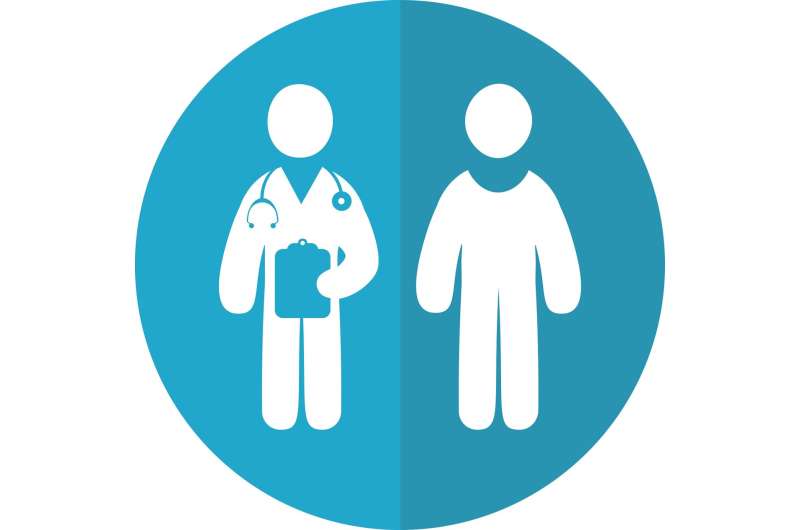This article has been reviewed according to Science X's editorial process and policies. Editors have highlighted the following attributes while ensuring the content's credibility:
fact-checked
peer-reviewed publication
trusted source
proofread
Australia shines in clinical trial activity ranking, but survey reveals gaps

An examination of how clinical trials have changed in Australia over the past 15 years has identified challenges such as lack of balance in the types of research, lack of collaboration among Australian researchers, and the importance of diversity of funding.
"Clinical trials are invaluable because they provide medical evidence that forms the foundation of many treatments and therapies we take for granted," says lead researcher Dr. Anna Lene Seidler from the NHMRC Clinical Trials Center at the University of Sydney.
"Compared to other OECD countries, Australian activity for clinical trials can be considered 'healthy,' but there is room for improvement.
"Public funding is important to ensure diversity of trials, so there is a greater balance in the type of research that is supported, and to address crucial health questions that would otherwise be overlooked."
"For instance, prevention research has an important place in clinical trials because it investigates how to stop a disease from developing. Prevention research is much more likely to be funded by public sources than by industry."
The study, published in the Medical Journal of Australia, was led by researchers from the NHMRC Clinical Trials Center at the University of Sydney.
Researchers looked at clinical trials conducted in Australia between 2006 and 2020. The data was collected from the Australian New Zealand Clinical Trials Registry and ClinicalTrials.gov, which captures 95% of registered trials in Australia.
Australian trials cover a wide variety of health care interventions. Of these, 45% are drug trials, and there has been an increase in earlier phases of these trials.
An overwhelming proportion of clinical trials was focused on treatments (75%) compared to prevention (15%). Nearly half of these trials conducted in Australia had some industry involvement.
Trials with a specific focus on the health of First Nations Peoples numbered 0.8%.
Trials are also becoming smaller over time and the impact of this change on the overall success of a trial is being investigated by researchers at the NHMRC Clinical Trials Center.
Australian research funding may not be keeping up with the burden of certain diseases in the country.
Many trial sponsors and scientists were reluctant to share data, which can result in research waste. Only one in five planned on sharing their data.
In the U.S., it is mandated that any National Institutes of Health (NIH) funded project needs to share data for certain types of studies. NIH is a large public funding body for trials in the U.S. However, in Australia, data sharing for clinical trials is not mandated by the Australian National Health and Medical Research Council (NHMRC), which is responsible for medical research and a major public funding body in the country.
Co-author Dr. Melina Willson, Australian New Zealand Clinical Trials Registry Manager says there is now a national infrastructure, Health Data Australia, that helps a researcher to request access to data.
"Health Data Australia is important infrastructure that encourages sharing of data. Now we need policies from public funders, like the NHMRC, and commercial funders, and utilization by the wider clinical trials research community to further its success. Australia could build on this momentum and be the model for coordinated action internationally."
Key findings:
- 18,453 clinical trials in 15 years.
- Few people seem to be participating in mental health, musculoskeletal and neurological trials than expected.
- 38% of trials note industry as the primary sponsor.
- 61% of sponsorship were from non-commercial sources, which include government and educational institutions.
- Systemic reluctance for trial sponsors and researchers to share data at the time of setting-up their trial account, up to 20%.
- This is an issue as lack of sharing also means overlap in trial designs and less efficient allocation of resources/ funding.
- Sample sizes are getting smaller in trials over time.
More information: Anna Lene Seidler et al, The changing landscape of clinical trials in Australia, Medical Journal of Australia (2023). DOI: 10.5694/mja2.52059




















